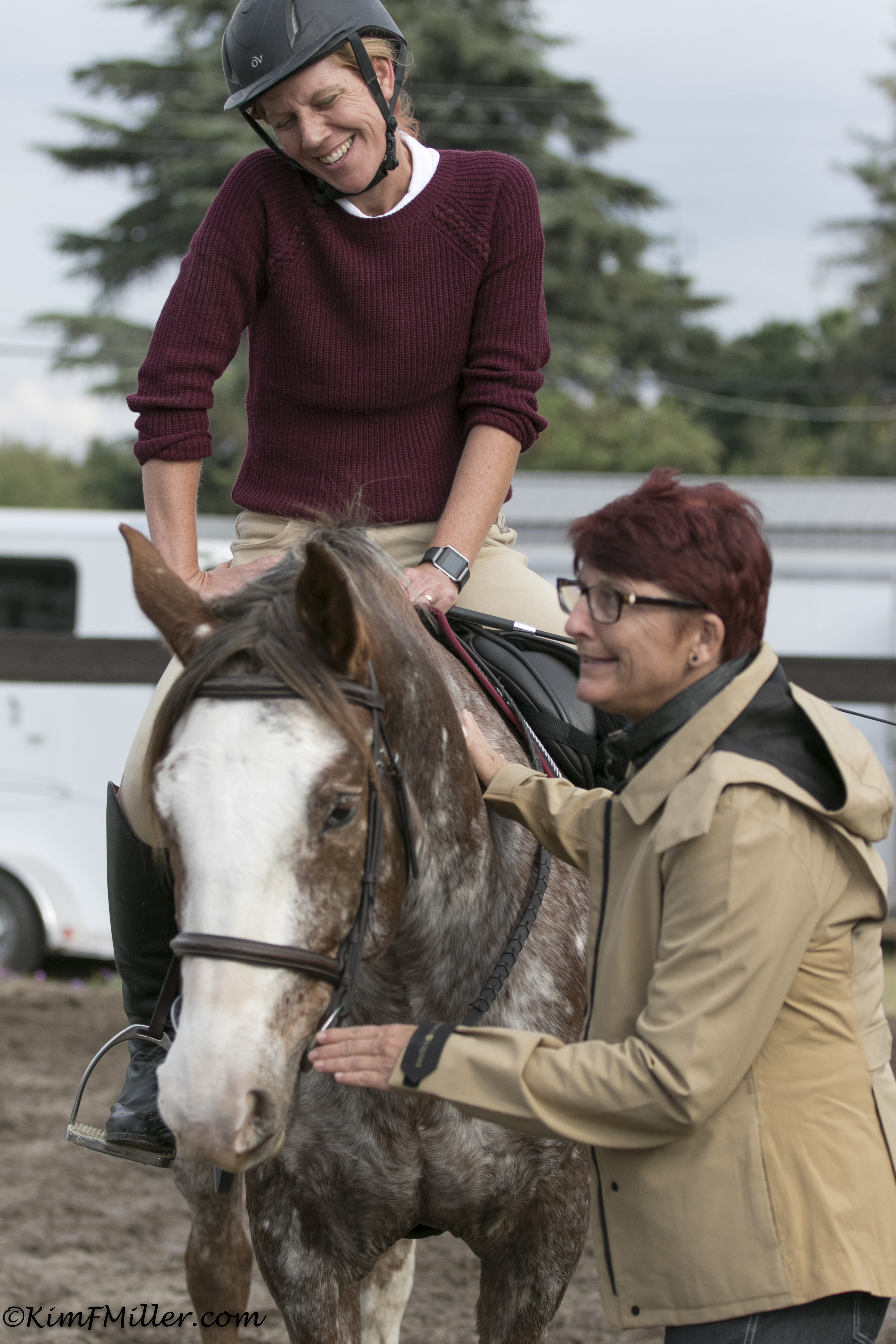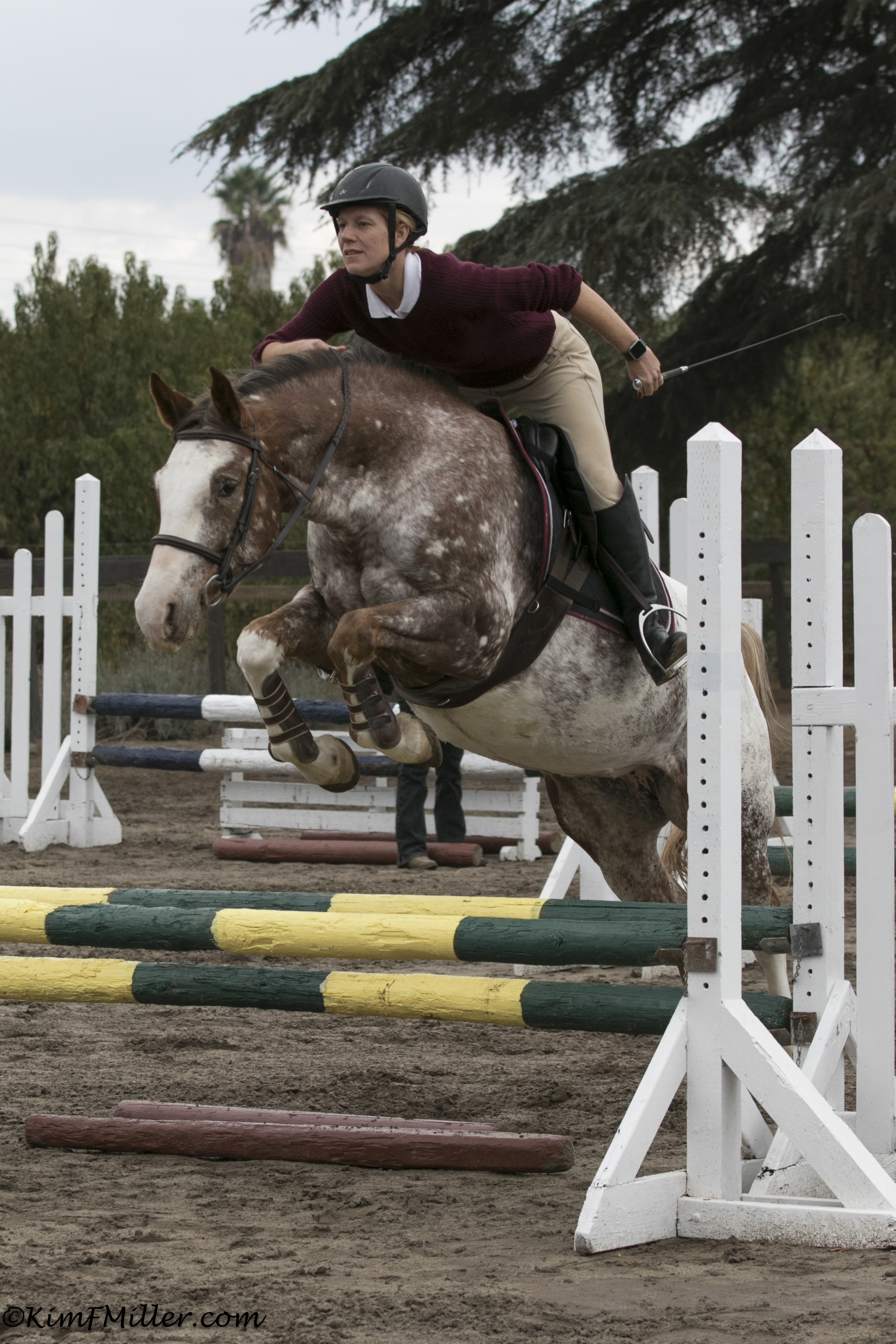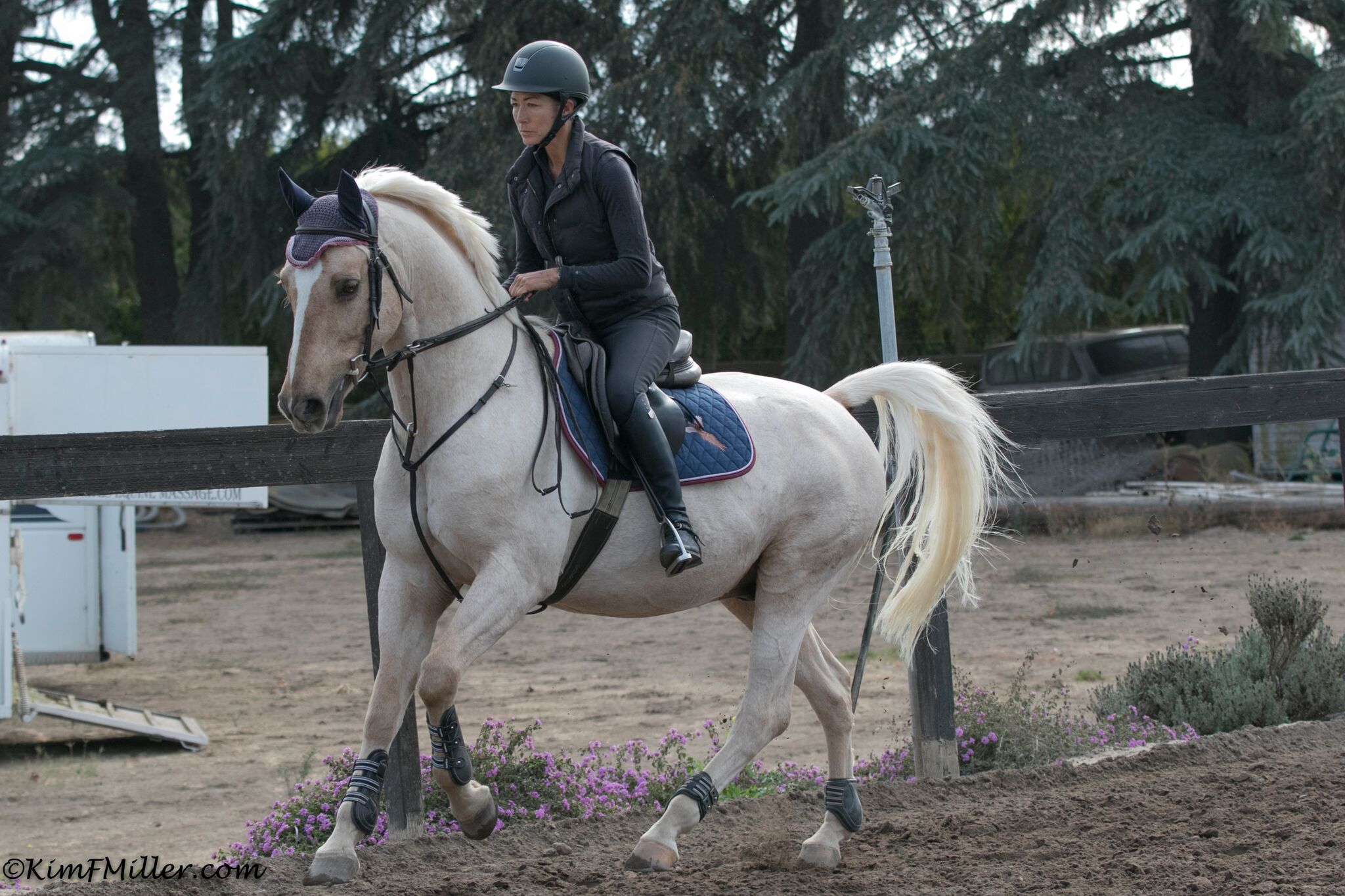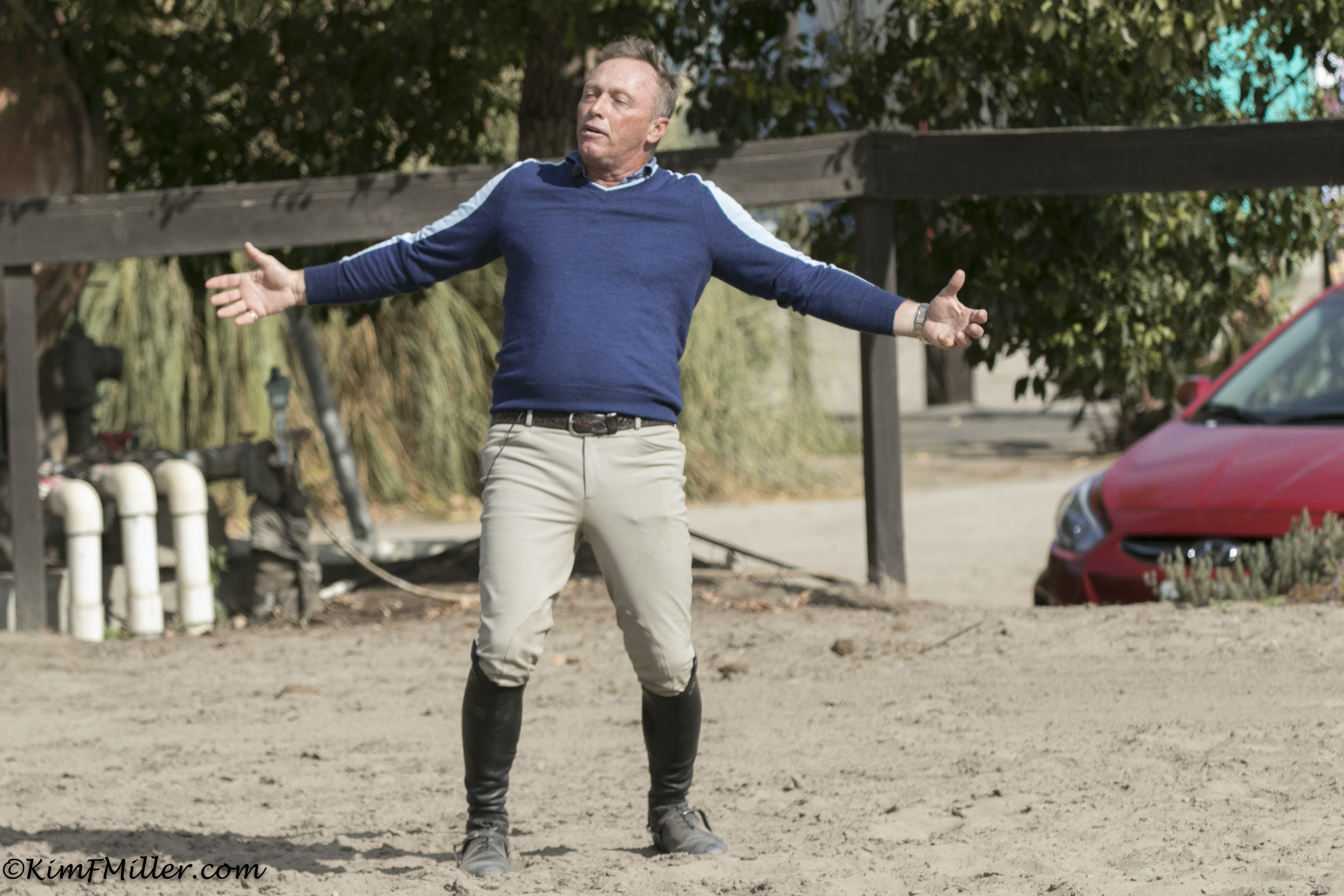“I’m pretty sure I don’t deserve to win,” said adult amateur event rider Joy Gonzales in her application to “Win A Day” with international grand prix rider Todd Minikus. The fifth-grade teacher, mother of two and rescuer of an unbroken, slaughter-bound Appaloosa pony does not aspire to the Olympics, after all. And neither do her mostly amateur friends who also juggle riding with full-time jobs and family.

But on seeing Joy’s entry from a whittled down pool of 500-plus applicants, the 2007 Pan American Games team bronze medalist felt otherwise. And so it was that Todd arrived November 4 in Northern California’s almond and fruit tree hub of Modesto to teach Joy and the nine fortunate friends she and her trainer, Jen Hannink, selected to share the day of Todd’s instruction.
“This was the best prize Practical Horseman could give,” said an appropriately-named Joy after the clinic. She described her eventing and hunter/jumper friends as part of a community “that is so generous and has shared so much with me and been so supportive of each other. It’s been so great to give something back.”
Joy’s goal going into the clinic was “to have fun.” For her, fun includes advancing her horsemanship and improving her riding to “make my horse happier.” In the last of the day’s three sessions, Joy scaled a jump she’d never done before—a solid wall draped with the banner of the clinic’s sponsor, Vita Flex. Todd’s set-up for challenging Joy to tackle that obstacle typified the light touch he used effectively to deliver substantial horsemanship lessons all day.

“I often have to ride under pressure,” he explained. “I have to earn money, make my owners happy, buy shoes for my kids—whatever … Today, you have to ride under pressure, Joy. You have to jump that sponsor’s jump and do it clear and with all these people watching!” Joy accepted the challenge with a determined smile on her face and galloped her little mare, Lottie—who is six months pregnant—down to the imposing new obstacle. Keeping her upper body tall and riding a strong leg, seat and attitude were keys through the session for Joy. That helped her nail striding that was long for Lottie and prevent last-minute extra strides that made for an awkward jump. They soared over the wall on their first try and by their third, did so from an ideal distance that produced a picture-perfect effort.
Joy’s fellow amateur ladies followed her lead, two of them also jumping the wall for their first time after Todd assured them they and their horse could, in fact, do it. Heather Marchman pushed the edge of her comfort zone and looked much more in control when taking Todd’s advice to grab the mane or neck strap two or three strides in front of each fence. That helped her stay with her athletic Warmblood’s big jump, staying out of his way rather than falling back, restricting his effort and landing in an unbalanced position that made it tough to prepare for the next jump or turn.

Joy’s group of .80m riders followed two groups working at 1.10m, then 1.20m. The latter included three professionals, venue owner Jen Hannink, her daughter and training partner Laura Hannink and Piet Ogata. Despite the differences in abilities and goals, there were common denominators through the day. Here are three of those:
1. Take time to do things right. “Somehow we always have time to do something wrong over and over again, yet never take the time to do it right,” Todd emphasized. This arose in several instances when horses ran through corners after a jumping line or through an attempt to get a lead change. The fix, most often, was to sit up and deep into the saddle, then bring the horse to a trot, walk or halt, sometimes adding a few backing steps, before resuming the canter in a measured, balanced frame. After jumping a line on course, this was ideally done before going through the turn to set up for an organized, balanced corner.
2. The horse needs to do four things well: go forward, go back, go right and go left. They especially need to halt. “If your horse doesn’t halt on the flat, he’s not going to do a half-halt well.” Which, at Todd’s level, means he’s not going to come back quickly and without losing his frame in that critical instant in a tight jumping line. He encouraged all to include frequent halts and, often, several backing steps, into their everyday flat work and noted that too few riders do that. “If it’s not there on the flat, it’s not going to be there when you need it in a jump-off.”

3. Turn, Turn, Turn. Todd was emphatic that all riders give turns as much attention as jumps. Even in the session with the pros, he became exasperated a few times when they neglected this basic.

This starts with walking turns as you plan to ride them during a course walk to balancing the horse and maintaining straightness throughout the turn—whether it’s a big regular corner or a second-saving track in a jump-off. He coached an opening rein and neck rein to get riders to move their horse’s shoulders through a turn, rather than bending their neck. The latter allows the hindquarters to swing off the track, disengaging the hindquarters and causing the horse to lose impulsion, often when they need it most at the take-off point of a jump.
“The women I ride with laugh a lot as we pursue our passion for learning to be better riders and horsemen,” Joy wrote in her application. Combined with Todd’s direct and colorful coaching style, that approach made for a day full of tangible horsemanship lessons and lots of fun.










